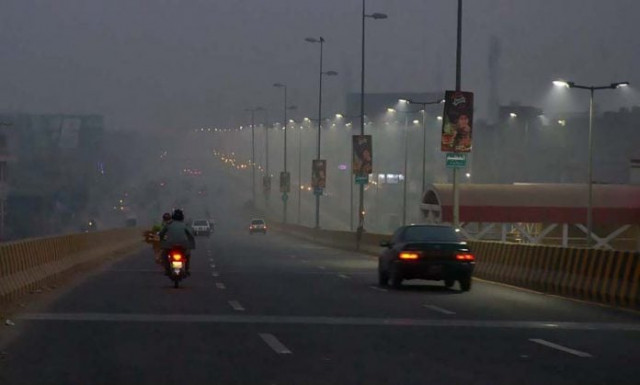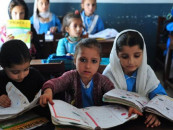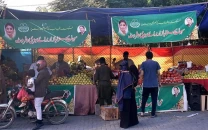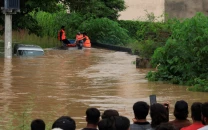Smog situation worsens despite govt efforts
Hospitals witness rising number of smog-related illnesses

With the onset of the smog season, a thick layer of smog has started affecting day-to-day life despite the tall claims of the government to contain it.
Smog is the result of anthropogenic activities such as industrialisation, increased traffic, burning of crop residue and the rising pace of urbanisation.
Rawalpindi’s air quality index has increased to an alarming extent which, experts say, will further worsen if not contained.
An anti-smog emergency has also been imposed across Punjab on the orders of the Lahore High Court.
According to health officials, respiratory problems, cough, cold, sore throat, red eyes and lung infections have risen manifold.
Fifty per cent of patients suffering from these diseases have started coming to the outpatient departments of the four major government hospitals of the garrison city.
Health officials at the Holy Family Hospital, Benazir Bhutto General Hospital, District Headquarters Hospital and Cantonment General Hospital said smog-related illnesses are increasing constantly.
The Ministry of National Health Services Regulations and Coordination has declared that November, December and January were extremely dangerous in terms of the spread of smog.
Amin Baig, a senior research officer at the Department of Environmental Protection, said that the main causes of smog spread are excavation on roads, toxic smoke emitted from factories, bakeries, brick kilns, stone-crushing units, vehicles, burning of crops residue, tires and garbage.
Under the Anti-Smog Act, sanctions have been imposed on all these activities while punishments have also been fixed in case of violation, the official said. He added that a crackdown was also underway.
The official said that the traffic contributed 43 per cent to the increase in smog in Punjab while factories and bakeries contributed 25 per cent. Similarly, 20 per cent of smog was caused by agricultural activities, he added.
Baig said brick kilns contribute four per cent while stone crushing units, medical waste, garbage and tire burning contribute two per cent combined.
According to a new report by the World Health Organisation (WHO), seven million deaths were caused by pollution every year while 91 per cent of the world's population lived in areas with toxic pollution.
A report on pollution by the ministry of environment revealed last month that Mianwali was the most polluted, while Faisalabad was the second most polluted city. Lahore scored third, Peshawar fourth and Karachi was ranked the fifth most polluted city, the report said.
Published in The Express Tribune, November 16th, 2022.

1733130350-0/Untitled-design-(76)1733130350-0-208x130.webp)

















COMMENTS
Comments are moderated and generally will be posted if they are on-topic and not abusive.
For more information, please see our Comments FAQ